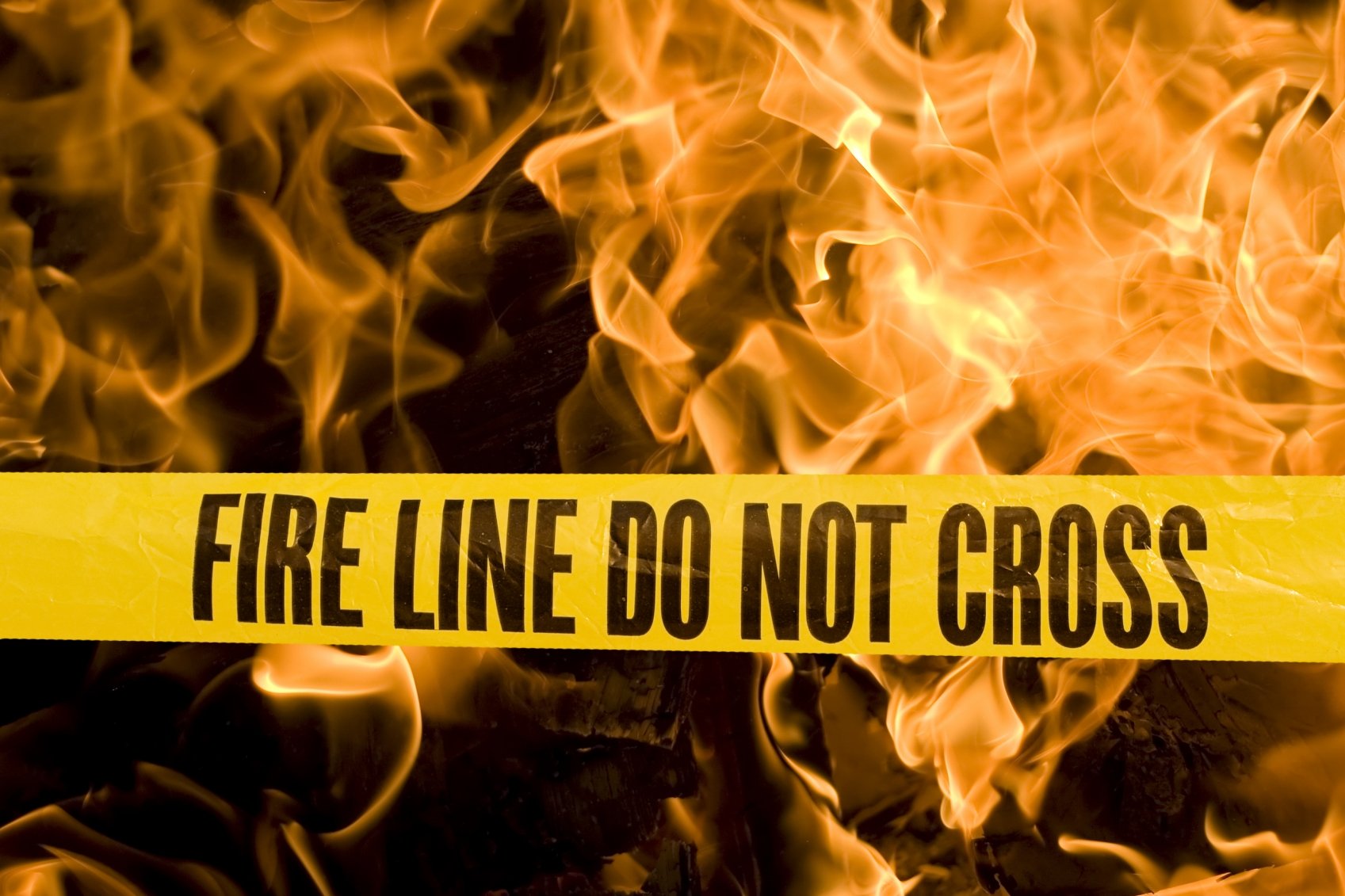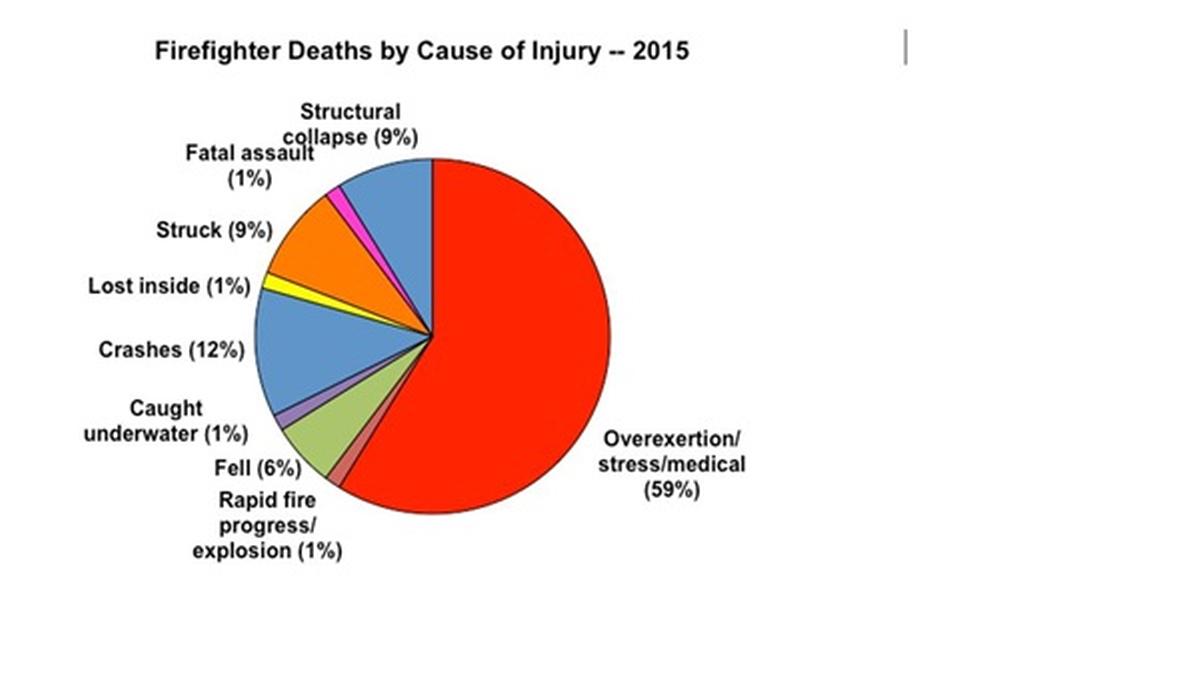The National Aeronautics and Space Administration’s Jet Propulsion Laboratory (NASA-JPL), in collaboration with the Department of Homeland Security, intends to use artificial intelligence as part of the Next Generation First Responders (NGFR) program to make work safer for firefighters across America.
How Will it Work to Keep Firefighters Safe?
The tool they will be using is called “Assistant for Understanding Data through Reasoning, Extraction, and sYnthesis”, but you can call her AUDREY! Though the name is completely devoid of creativity, the technology is not. Using Internet of Things systems, the artificial intelligence program will use connected devices in the vicinity – as well as AI wearables that firefighters will be given – to pinpoint the exact location of a firefighter battling a blaze.
In addition, sensors will also monitor the quality of air, presence of dangerous gases and temperatures in and around the affected areas. The most amazing outcome of this project is that, when ready to be deployed, the system will compile all of this information along with satellite imagery to form a “game plan” for firefighters so they don’t enter unsafe areas.
Says Mark James, lead scientist for the AUDREY project:
“As a firefighter moves through an environment, AUDREY could send alerts through a mobile device or head-mounted display.”
The project will give firefighters a virtual snapshot of the area so they can make more informed decisions about navigating through a burning building. The hope is that this will make a firefighter’s job safer by using technology to give them more visibility and intel on the situation even before they step inside.
Of significance is the fact that AUDREY is a cloud-based application that will also leverage the raw power of the Internet of Things and almost instantaneously interpret the large amounts of data required for this, and deliver actionable advice to firefighters.
But the real appeal comes from the fact that AUDREY won’t be giving the same information to every firefighter. Depending on what their function is within the team, the program will give each of them actionable information based on their role. For example, the information given to those directly putting out the fire will be different from the information given to those responsible for evacuating people from a given location.
Some Frightening Stats on Firefighting
It’s obvious why the government is running the NGFR program, but here are some statistics to show you why it’s so vital:
- Every 22 seconds, somewhere in the United States, firefighters are asked to respond to an emergency
- There were an estimated 18,500 documented exposures to hazardous conditions (e.g. asbestos, chemicals, fumes, radioactive materials, other) in 2014 – Source
- Between 2011 and 2015 there were 354 firefighter deaths in the country. On 9/11/01 alone, 340 firefighters lost their lives at the World Trade Center
If the AUDREY project can save the life of even one firefighter every year it will be well worth the expense and effort.
If you’re reading this on Apple News, please favorite the 1RedDrop channel (next to our logo) to add us to your news feed, or Like our page on Facebook. Please bookmark our site for more insightful articles on current and future technologies that are changing our lives.




